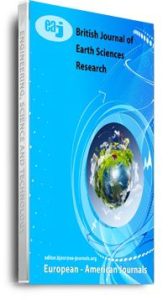This study examined the integration of Remote Sensing and Geographic Information System (RS/GIS) for analyzing land use and land cover dynamics in Gombe Metropolitan, the Gombe State capital for the period 1976 to 2016. Land sat (TM) images of 1976, 1996and 2016 were used. The study employed supervised digital image classification method using Erdas Imagine 9.2 and Arc GIS 10.5 software and classified the land use into undisturbed vegetation, sparse vegetation, Settlements, Farmlands, Rock outcrops, Bare surfaces. The images were analyzed via georeferencing, image enhancement, image resampling and classification. The results obtained showan increasing settlements (from 0.36% – 4.01%) and farmlands (from 24.8% – 51.2%), over a decreasing of other LULC classes (bare surfaces, undisturbed and sparse vegetation, and rocky outcrops) for the time period of 1976 to 2016. These results could help city planners and policy makers to attain and sustain future urban development. It is therefore recommended that encouragement should be given to people to build towards the outskirts, like New mile 3 and Tumfure,etc through the provision of incentives and forces of attraction that is available at the city center in these areas to avoid the problem of overcrowdings.
Keywords: : GIS, Change Detection, Remote Sensing, Urbanization, gombe, land use

